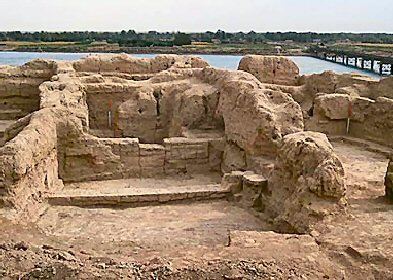 | ||
Life dynamicz first edit also life terqa
Terqa is the name of an ancient city discovered at the site of Tell Ashara on the banks of the middle Euphrates in Deir ez-Zor Governorate, Syria, approximately 80 km from the modern border with Iraq. Its name had become Sirqu by Neo-Assyrian times.
Contents

History
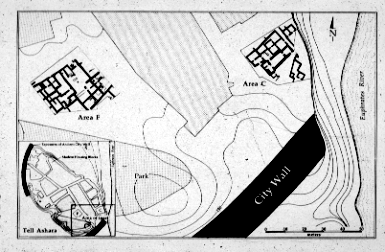
Little is yet known of the early history of Terqa, though it was a sizable entity even in the Early Dynastic period.
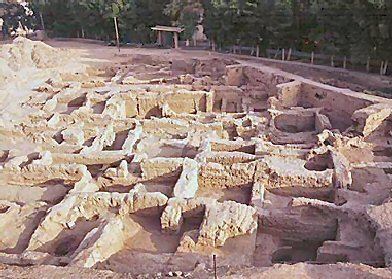
In the 2nd millennium BC it was under the control of Shamshi-Adad, followed by Mari in the time of Zimri-Lim, and then by Babylon after Mari's defeat by Hammurabi of the First Babylonian Dynasty, Terqa became the leading city of the kingdom of Khana/Hana after the decline of Babylon. Later, it fell into the sphere of the Kassite dynasty of Babylon and eventually the Neo-Assyrian Empire. A noted stele of Assyrian king Tukulti-Ninurta II was found at Terqa.
The principal god of Terqa was Dagan.
Proposed Rulers of Terqa
Archaeology

The main site is around 20 acres (8.1 ha) in size and has a height of 60 feet (18 m). The remains of Terqa are partly covered by the modern town of Ashara, which limits the possibilities for excavation.
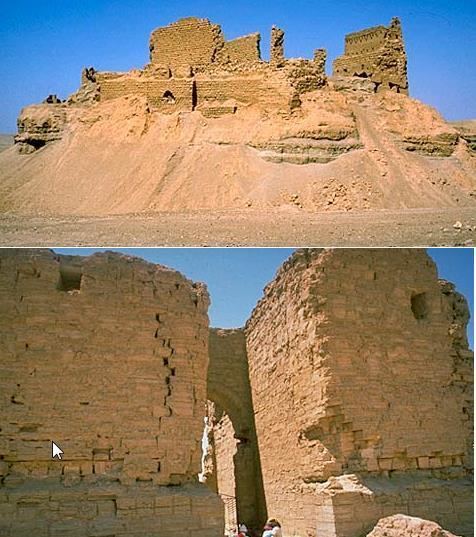
The site was briefly excavated by E. Herzfeld in 1910. In 1923, 5 days of excavations were conducted by François Thureau-Dangin and P. Dhorrne.
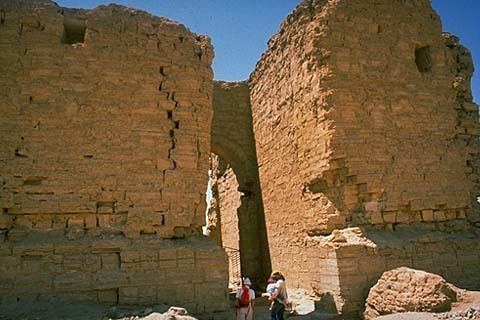
From 1974 to 1986, Terqa was excavated for 10 seasons by a team from the International Institute for Mesopotamian Area Studies including the Institute of Archaeology at the University of California at Los Angeles, California State University at Los Angeles, Johns Hopkins University, the University of Arizona and the University of Poitiers in France. The team was led by Giorgio Buccellati and Marilyn Kelly-Buccellati. After 1987, a French team led by Olivier Rouault of Lyon University took over the dig and continues to work there to the present time.
There are 550 cuneiform tablets from Terqa held at the Deir ez-Zor Museum.
Notable features found at Terqa include
Genetics
Ancient mitochondrial DNA from freshly unearthed remains (teeth) of 4 individuals deeply deposited in slightly alkaline soil of ancient Terqa and Tell Masaikh (ancient Kar-Assurnasirpal) was analysed in 2013. Dated to the period between 2.5 Kyrs BC and 0.5 Kyrs AD the studied individuals carried mtDNA haplotypes corresponding to the M4b1, M49 and M61 haplogroups, which are believed to have arisen in the area of the Indian subcontinent during the Upper Paleolithic and are absent in people living today in Syria. However, they are present in people inhabiting today’s India, Pakistan, Tibet and Himalayas.
